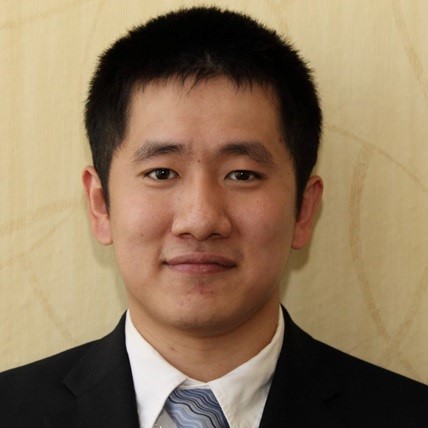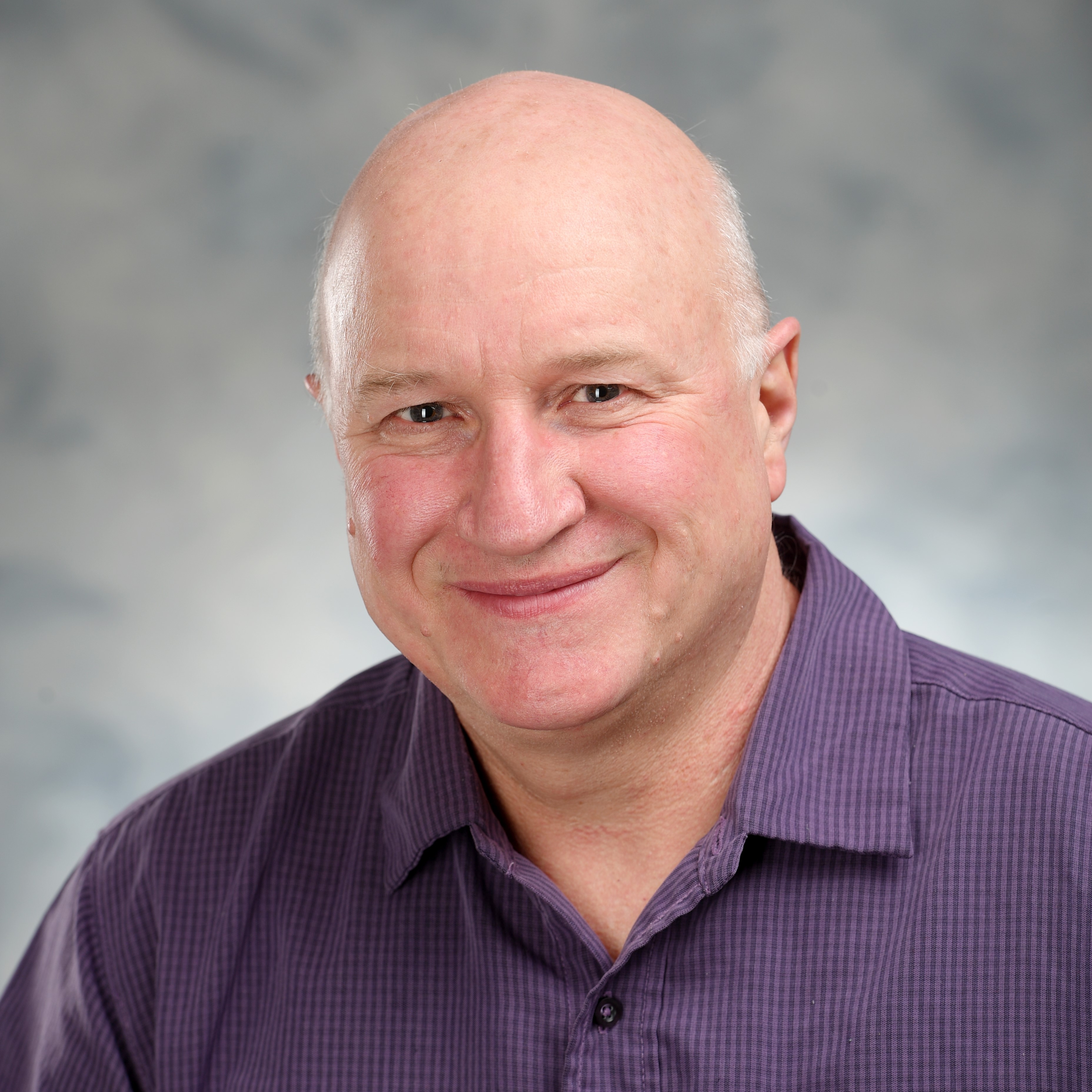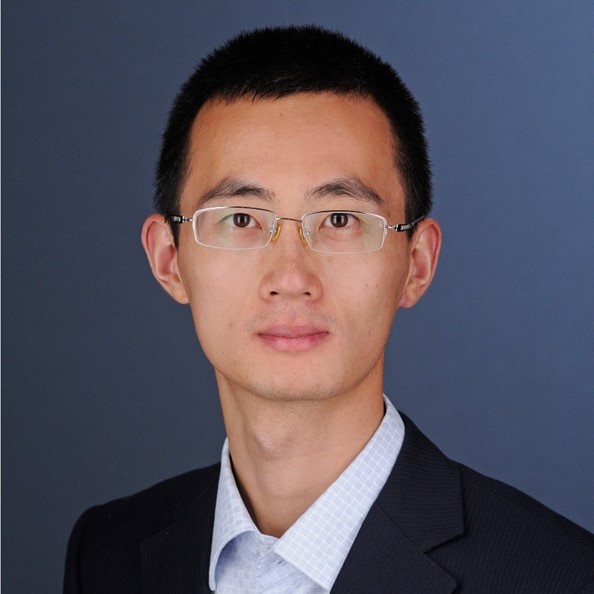
About The Workshop
Battery energy storage systems are rising as the backbone of numerous industrial and civilian systems, playing a key role in moving the world into a clean energy era. Their performance and safety critically rely on advanced battery management systems, which have attracted considerable research, particularly from the systems and control community, in the past decade. The growing efforts have led to tremendous progresses in leveraging control theory to enable complex, high-performing battery systems in a broad range of application domains. The developments in turn continuously stimulate exciting insights into emerging challenges. This pre-conference workshop will gather veteran researchers in this vibrant field to share up-to-date advances and perspectives about future innovations. It also aims to foster a creative space for open discussions among participants, which will spark innovative ideas and inspirations about future control-theory-driven battery management. The talks will cover various key dimensions of this field, highlighting a confluence of electrochemical modeling, control theory, machine learning and industrial applications. We welcome researchers, graduate students and professional engineers to join the workshop and gain an exciting exposure to the cutting-edge developments, new trends and open challenges in the field of battery management.














